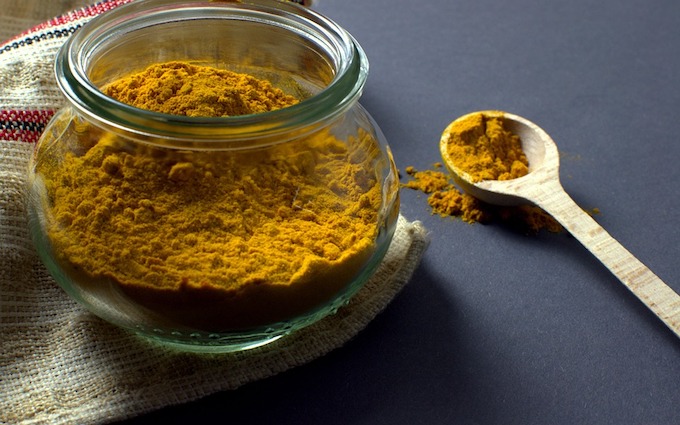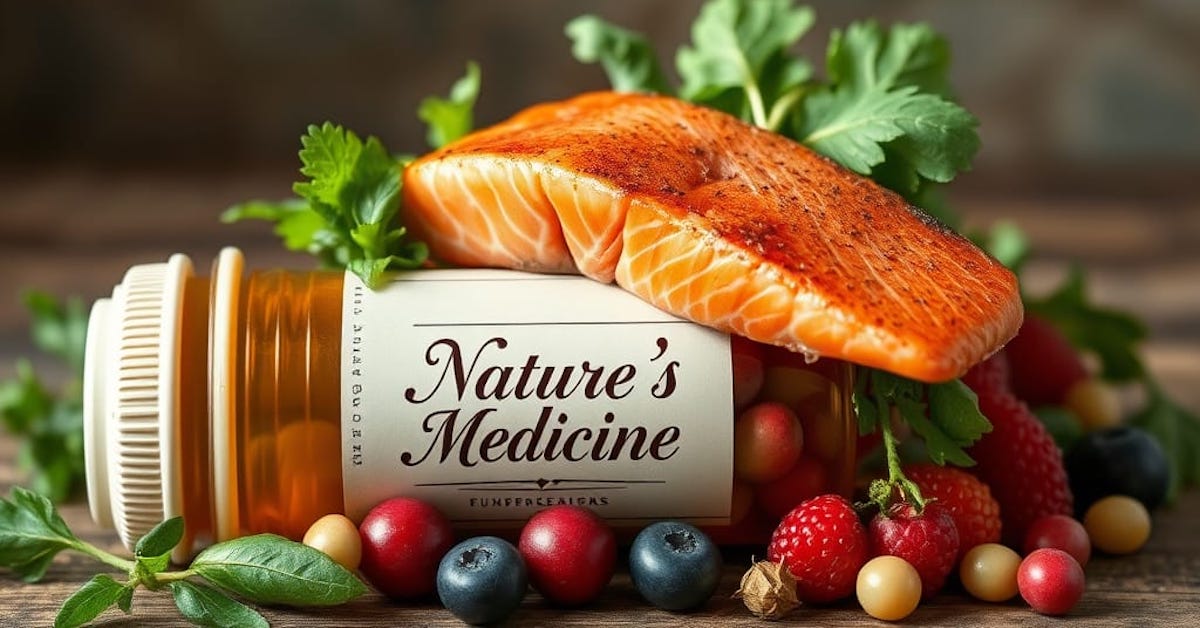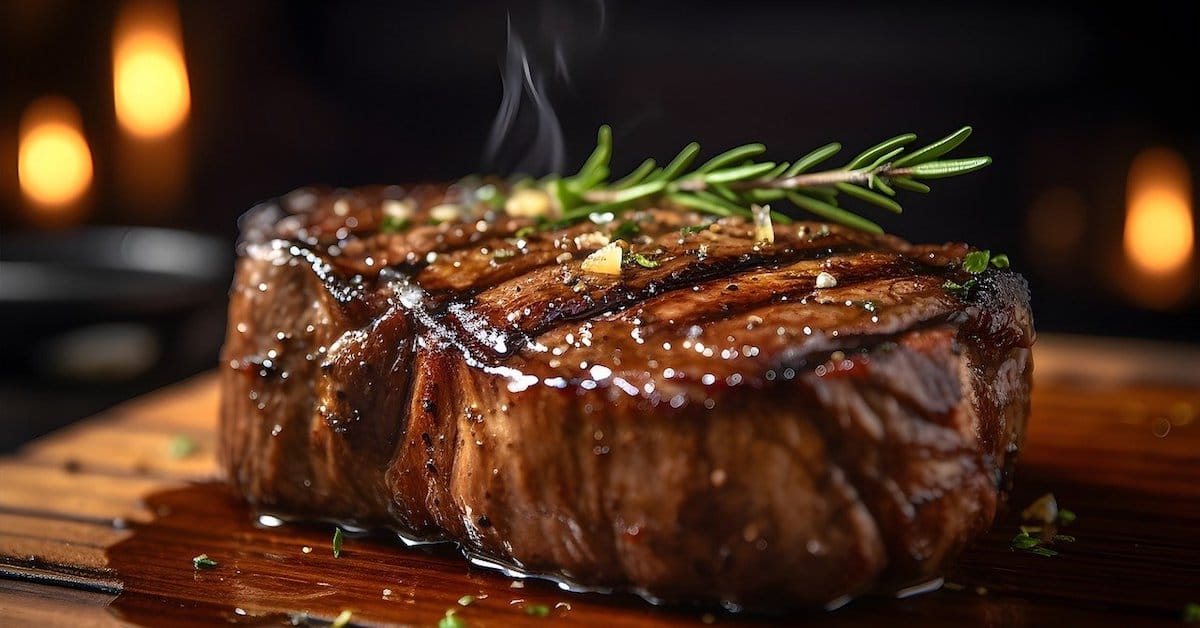I get asked all sorts of health-related questions on a daily basis. Many people are searching for natural alternatives to the conventional medical approach. One topic that comes up fairly often is birth control—and that’s an area I usually stay away from.
You see, my wife and I practiced a method known as natural family planning… and we had three wonderful surprises! While I’ve helped a few couples struggling with fertility achieve their own “wonderful surprise,” I’m not the guy to ask about preventing pregnancy.
That said, I recently came across a natural alternative that may be better than a condom—especially when you consider that many condoms contain toxic chemicals and hormone disruptors. (Read more here.)
Where This All Started
Once a year, I get extensive bloodwork to monitor all my health markers. One area I pay close attention to is ferritin, the storage form of iron. My ferritin levels tend to be elevated—likely due to my high red meat intake—so I keep an eye on it to make sure things don’t get out of hand.
When ferritin is high, one option is a phlebotomy (i.e., giving blood), but unless your levels are extremely high, most doctors won’t recommend it. The next best option is to donate blood, but in my case, that’s not allowed—I have thalassemia, a blood disorder that’s common in people of Mediterranean origin, and blood banks don’t want my blood.
There are supplements like inositol hexaphosphate (IP6) that can help reduce iron, but they aren’t selective—they’ll pull down other minerals too, which can lead to side effects like sore teeth from low calcium.
Enter: Curcumin
A better option might be curcumin, the active ingredient in turmeric. It appears to be more selective when it comes to lowering iron levels, especially in topical cream form. You can read more about that here.
There may be another use for turmeric cream as well. Check out this study and then this article.
Just a heads-up: “In vitro” doesn’t mean “in vivo.”
Just sayin’…

Curcumin and Anti-Aging
Curcumin has a wide range of health benefits and is a popular anti-aging supplement. If you choose to take it orally, be sure it includes a key ingredient to enhance absorption—I cover this in Vitality In A Pill.
In topical cream form, curcumin may help reduce iron overload. I’m currently doing a little n=1 experiment, applying the cream before bed each night. After four weeks, my ferritin levels dropped from 348 µg/L to 332 µg/L. The reference range is 22–275 µg/L, so there’s still some work to do, but at this rate, I could be in range within six months.
I’ll keep you posted.

How One Man Reversed His Diabetes Naturally in Just 7 Days
Not long ago, a couple in their mid-fifties came to see me for help with their health. Both were overweight,

Meat: A Friend, Not a Foe
A new meta-analysis confirms what I’ve been saying for years: minimally processed beef has minimal to no impact on most

Wake Up, America: You’re Headed in the Wrong Direction!
Over the past three decades, the health of Americans has taken a dramatic downturn. What was once a rarity has
follow
Error: No feed with the ID 2 found.
Please go to the Instagram Feed settings page to create a feed.
